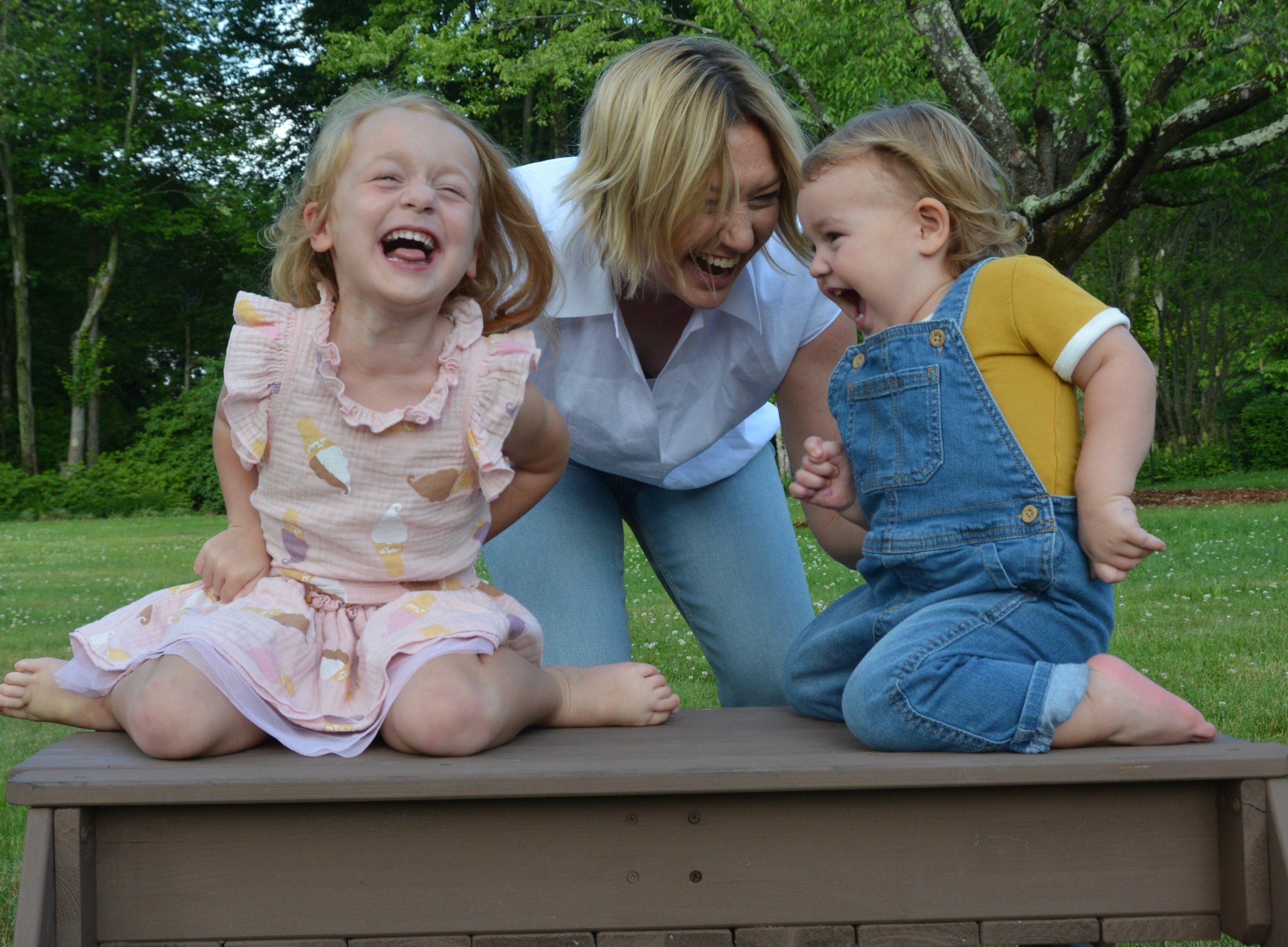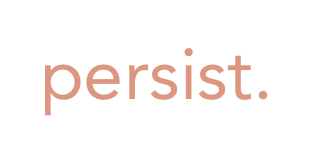
You already feel the weight. Let’s name it.
Most people don’t have the language for it - they just know something feels off. You’re tired before the day has even begun. You’re juggling a thousand details no one sees. You keep the wheels spinning but it feels like you’re the only one who knows how.
That weight? That’s your CareLoad.
What Is The CareLoad?
The CareLoad is the weight behind the scenes. It’s the mental, emotional, logistical, and anticipatory labor that keeps your household functioning. Unlike your to-do list, the CareLoad isn’t just about the tasks. It’s about the invisible decision-making that drives them.
Mental Load: tracking appointments, remembering birthdays, knowing when it’s time to buy more toothpaste.
Emotional Load: soothing over conflicts, regulating everyone’s moods, sensing when someone needs support.
Logistical Work: coordinating schedules, meal planning,. School forms, carpool pickups.
Anticipatory Load: noticing what’s coming next, before anyone else does.
It’s a full cognitive and emotional operating system that most of us are running solo.
Some tasks carry more weight than others not just because of what they are, but how they feel. A task that happens daily or on a rigid schedule can be more draining than something you can tackle with flexibility. If a task is especially difficult for you due to neurodivergence, trauma, or simply how your brain works, it may weigh far more heavily than your partner realizes. The weight of a task is deeply personal. The CareLoad accounts for that. Because what drains you, defines your capacity.
Why It Matters?
When the CareLoad is invisible, it’s unshareable. It builds silently, often disproportionately on one person in the household. That can lead to burnout, resentment, and the constant sense of failure, even when you are getting it all “done”.
Recognizing your CareLoad isn’t about blame. It’s about awareness. It’s about clarity. It’s about the first step toward reclaiming your time, energy, and space to breathe.
Why Don’t We Talk About It
Care-related labor is often framed as “just part of being a good parent, partner, or person”. It’s deeply socialized, gendered, and cultural. We internalize the idea that noticing and doing is what makes us valuable.
But when noticing becomes an unrelenting expectation? It’s not care, it’s just depletion.
What Happens When You Name the Load:
Here’s the thing: language gives us power. When you name the CareLoad you can:
Spot your own patterns
Invite others to share in the responsibilities
Set clearer boundaries
Rebuild systems that reflect mutual values, beliefs, and standards
It’s not about making everything equal. It’s about making everything visible so it can be appreciated, understood, and valued. Visibility is what creates the possibility of change.
Where to Start
Every household has a CareLoad. No two households look the same. Some are driven by parenting, others are driven by eldercare. Many are a tangle of unspoken expectations built over time.
The good news? There’s a way to begin making sense of it, without judgment, and without needing the “perfect” answer right away.
That’s where we come in.
